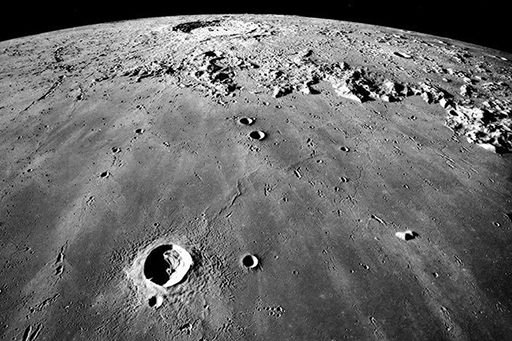3 Unravelling the Moon’s history
How much do we know of the history of the Moon? Scientists have used both cratering density and direct dating of Moon rocks to measure the ages of events on the Moon including periods of heavy meteorite bombardment, and volcanism.

The Moon rocks you have studied can teach us a lot about the formation of the Moon and about the Earth itself. However, studying the rocks under a microscope can’t tell us how old the Moon is, nor the age of features on the Moon’s surface. Scientists have used two techniques to determine the age of the Moon’s surface:
- The first dating technique uses the radioactive decay of elements to find the age of individual rocks and even grains within rocks.
- The second dating technique uses impact craters on the Moon’s surface. Older areas of the Moon are more heavily cratered, while younger areas such as the lunar maria are less heavily cratered.
